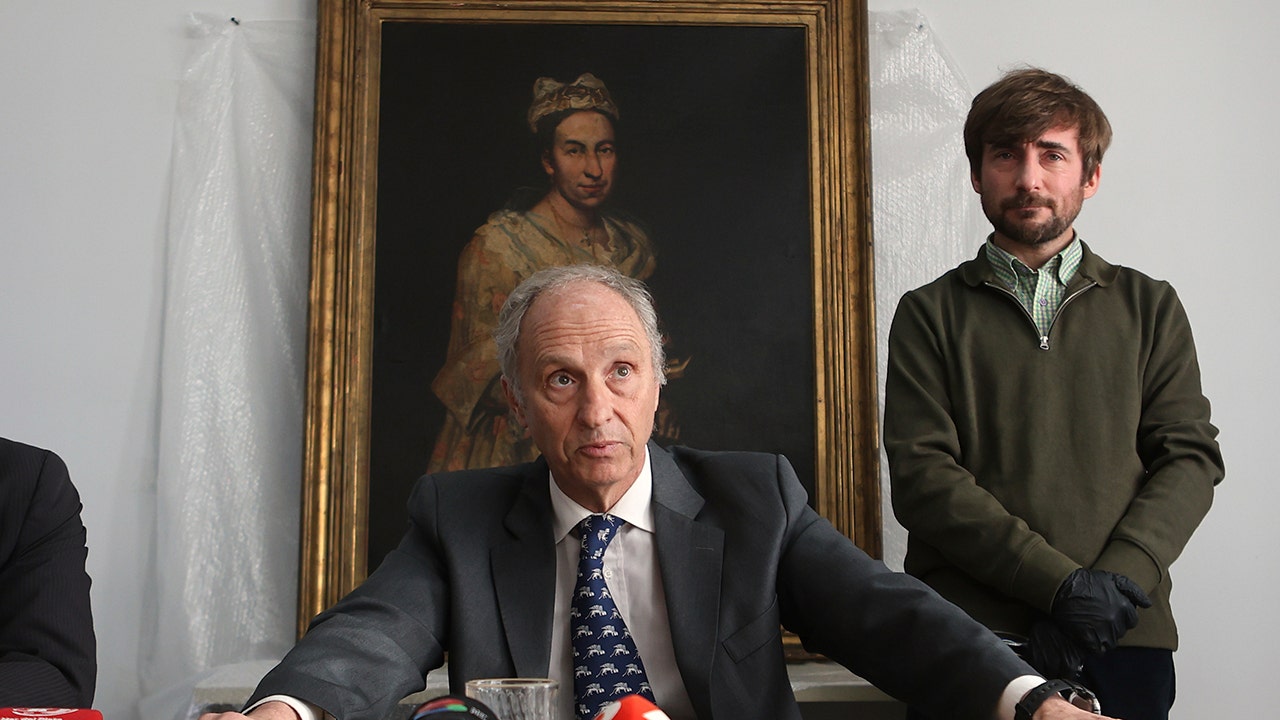A
rgentine prosecutors have charged 59‑year‑old Patricia Kadgien, daughter of the fugitive Nazi officer Friedrich Kadgien, with attempting to conceal an 18th‑century Italian painting that had been absent from public view for eight decades. The artwork, titled “Portrait of a Lady” and painted by Giuseppe Ghislandi around 1710, is estimated to be worth roughly $50,000.
The painting was originally looted by Friedrich Kadgien from a prominent European art dealer during World War II. Its original owner was Dutch‑Jewish collector Jacques Goudstikker, who perished in a shipwreck while fleeing Amsterdam. Goudstikker’s descendants have been seeking the return of about 1,100 pieces that were sold to Hermann Göring, Adolf Hitler’s chief aide.
The portrait resurfaced when Dutch journalists discovered it in an online real‑estate listing that showed the painting hanging in Patricia’s living room in Mar del Plata. After the listing was removed following a story in Algemeen Dagblad, police raided Patricia’s home and other properties linked to her and her sister Alicia. The raid uncovered a rifle, a revolver, and additional items believed to have been stolen during the war, though the portrait itself was not seized at that time.
Patricia and her husband, Juan Carlos Cortegoso (62), were placed under house arrest. They turned the painting over to authorities on Wednesday, and after a Thursday court hearing, they were released from house arrest but prohibited from leaving Argentina and must notify the court of any travel.
Federal prosecutor Daniel Adler held a press conference in Mar del Plata, displaying the portrait and explaining that the case is being pursued so that the community can see the recovered work. An earlier request by the defendants’ lawyer, Carlos Murias, to auction the painting was denied by a civil court.
The heirs of Goudstikker, represented by Marei von Saher, filed a claim through the FBI’s New York office. The FBI has not yet responded to inquiries. The final disposition of the painting remains uncertain, but the case highlights the ongoing efforts to restitute art looted during the Holocaust and the legal complexities involved.














